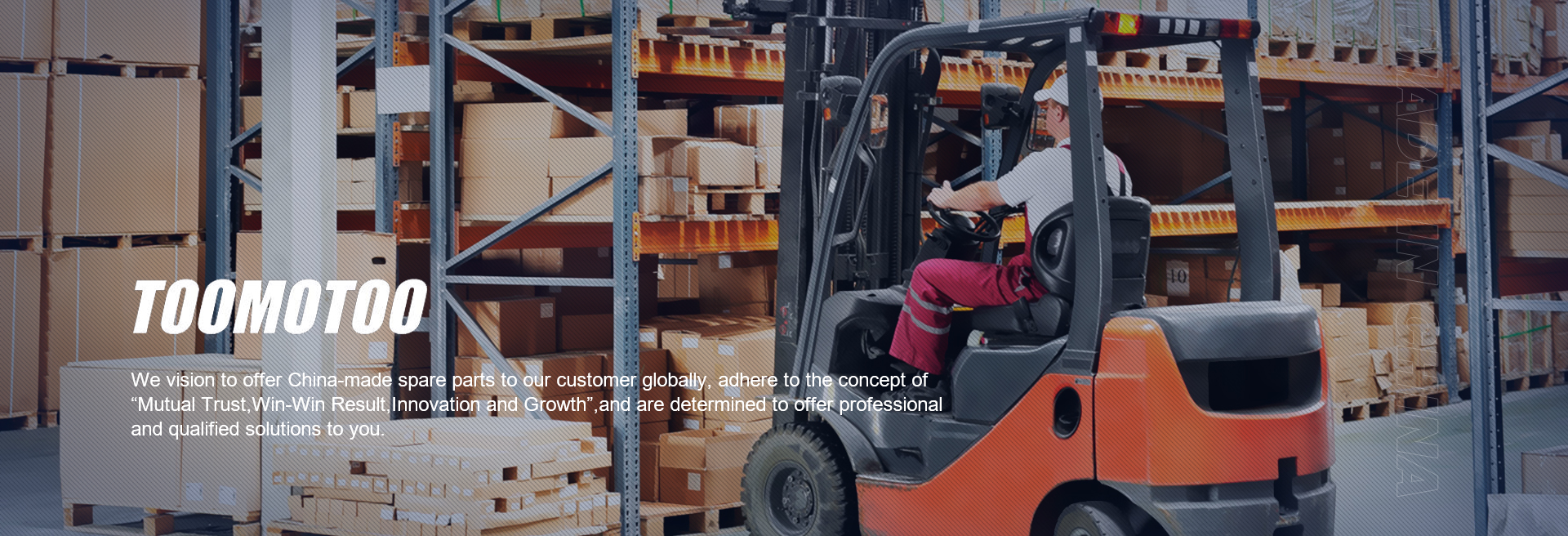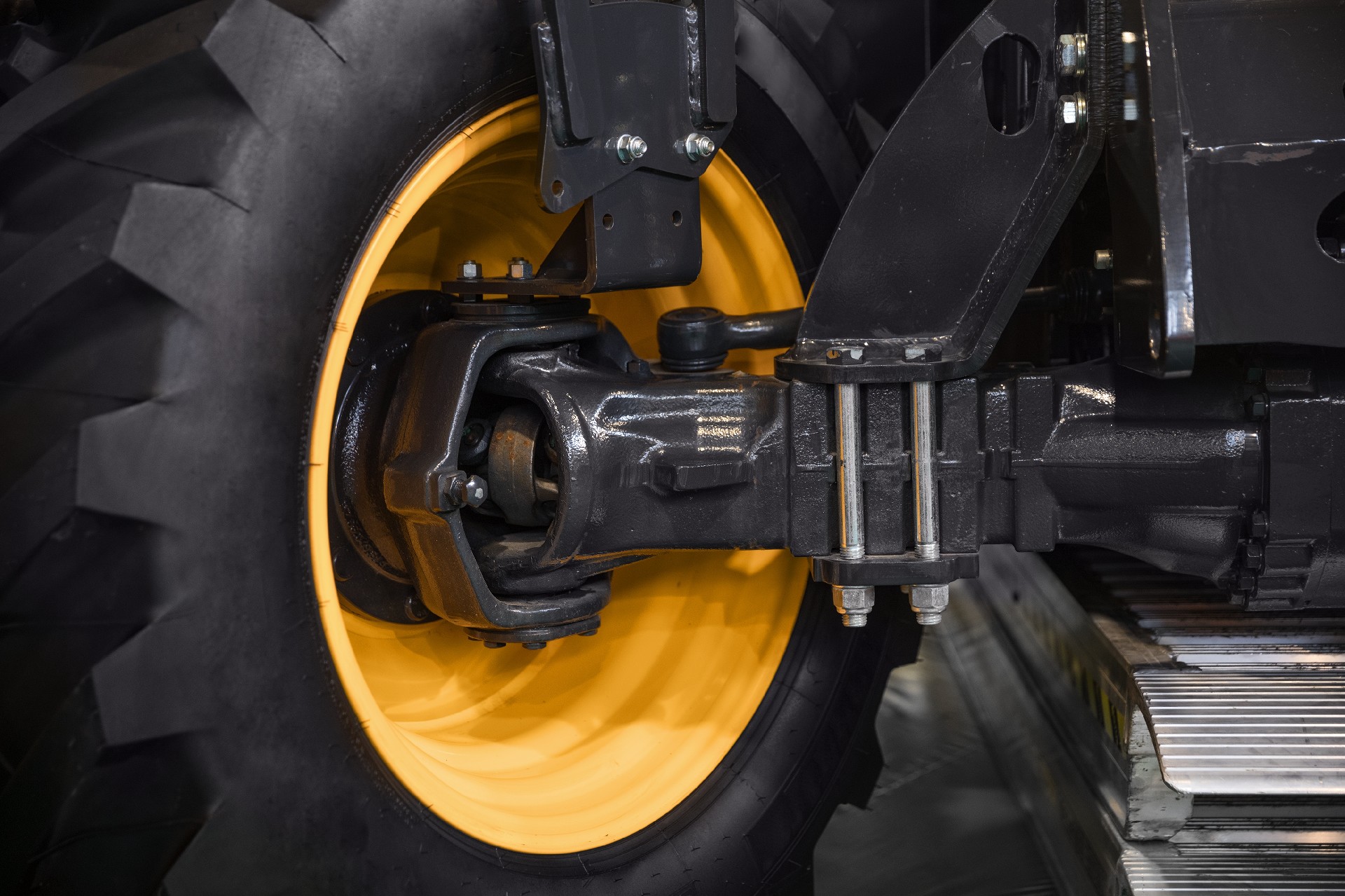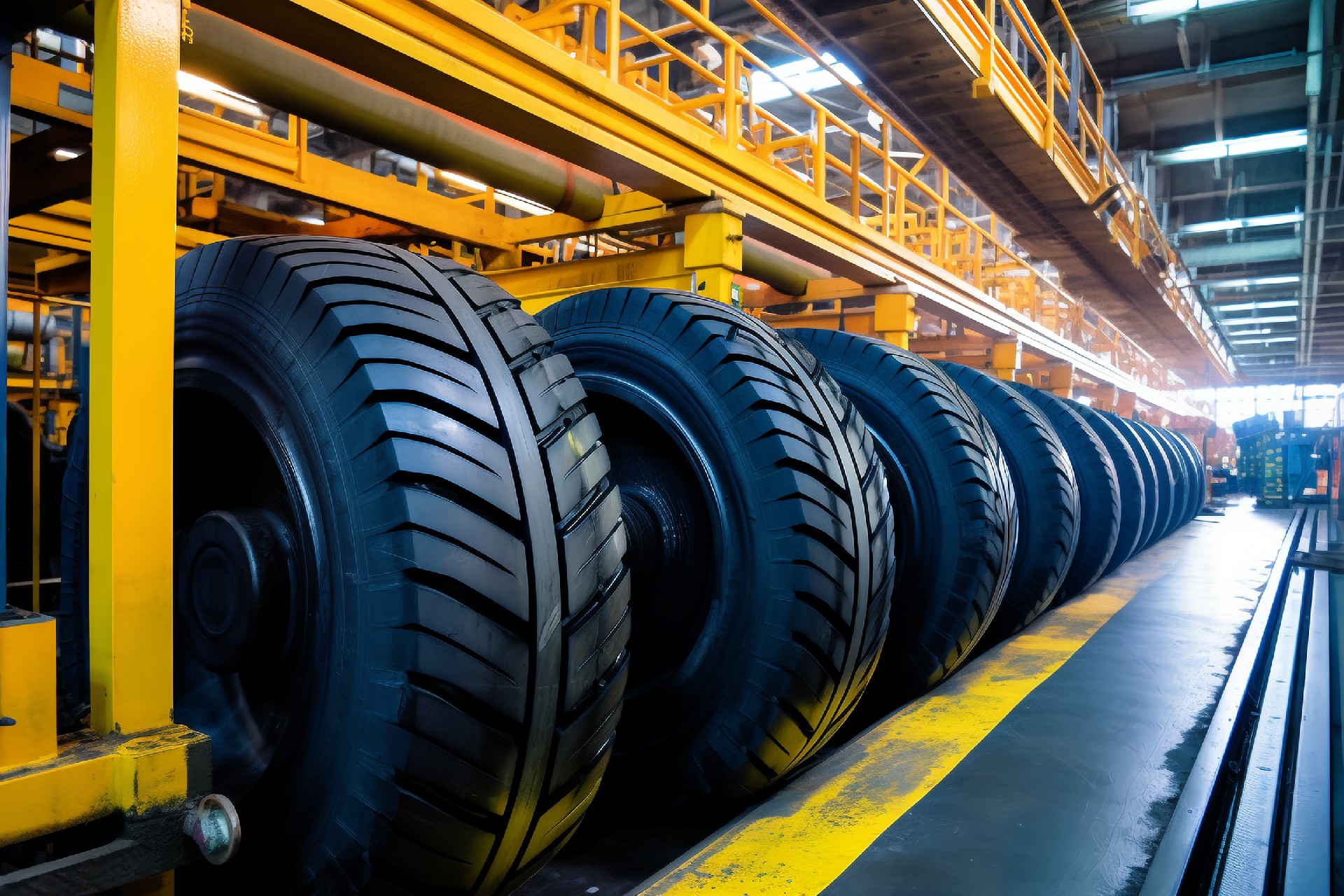
Time: 2024-01-30
Source: TOOMOTOO
Author: TOOMOTOO
Click: 547 times
Ⅰ.Five major reasons for forklift tire wear
1. Under a certain tire pressure, overloading the tire will increase its deflection and deformation, and increase the stress on the cords and cords, which can easily cause the cords in the sidewall to break, loosen, and delaminate the cords, and the stress on the carcass cords. The design allowable stress and tire ground pressure will be exceeded, the heat generated will increase, the carcass temperature will increase, and the load-bearing capacity will decrease. At the same time, wear occurs due to the contact between the tire shoulder and the ground, especially when encountering obstacles. Even a small stone can cause the tire crown to burst. Practice has proved that when driving on turns and uneven roads, when the tire load exceeds 20%, the mileage will be shortened by 35%; when it exceeds 50%, the mileage will be shortened by 59%; when it exceeds 1 times, the mileage will be shortened by more than 80%.
2. Due to the different loads distributed between the front and rear axles, the working characteristics of the driving wheels and steering wheels, and the differences in road conditions, the wear status of each tire is inconsistent. If both sides of the same axle are not replaced with tires from the same manufacturer, same size, structure, layer and Patterned tires will accelerate tire wear.
3. Under a certain load and tire pressure, as the vehicle speed increases, the deformation frequency of the tire, the vibration of the carcass, and the circumferential and lateral twisting deformation of the tire (forming stationary waves) increase, and the heat generated by friction per unit time increases. , the tire's working performance decreases, and even the ply rupture and tread peeling occur, accelerating tire wear and damage.

4. When the tire is corroded by grease, acid and alkali substances and exposed to high temperatures for a long time, the physical and chemical properties of the tire will change, the load-bearing capacity will be greatly reduced, and the tire will easily burst during use. In addition, tires that have been corroded by oil will experience phenomena such as block peeling of the air seal layer, small areas of rubber falling off in the tire tread, and separation of the carcass cords from the rubber. Since the patch is incompatible with oil-containing rubber, even if the damage to the tire is small, the possibility of repair is lost.
5. Road conditions also have a great impact on the service life of tires. It affects the friction between the tires and the ground and the dynamic load on the tires.
Ⅱ.Forklift tire classification selection and specification model analysis
Forklift tires can be divided into two types: pneumatic tires and solid tires; and solid tires can be divided into pneumatic solid tires, press-fit solid tires, Linde solid tires, and environmentally friendly non-marking solid tires according to their shape. Among them, environmentally friendly non-marking solid tires are suitable for food, electronics, medicine and other industries with strict environmental and sanitary conditions. The colors are generally white, gray, green, yellow, etc., which are almost close to the ground color of special industries. They will not cause or damage during use. Leaving less tire marks, keeping the ground clean and tidy; Linde solid tires are also called optional solid tires or quick-installation solid tires, which are mostly used on European cars, such as Linde, Jungheinrich, STILL, and OM wait. Standard solid tires fit most models.
So what conditions does the selection of forklift tires depend on? The following selection suggestions are given based on the different characteristics of pneumatic tires and solid tires and their impact on vehicle performance:
(1) Forklift use place
If there are no special requirements on the size of the working site, whether there is glass on the road surface, the load-bearing capacity of the road surface, etc., pneumatic tires are generally used.

(2)Maximum load carrying capacity of tires
Generally speaking, solid tires are used when large load-bearing capacity is required, and pneumatic tires are used otherwise.
(3) Forklift speed
Generally, because the diameter of pneumatic tires is larger, the vehicle speed they support is faster, and the vehicle speed supported by solid tires is slower, so pneumatic tires are generally used when the vehicle speed is high. Of course, in the engine power meter, the vehicle transmission ratio.Under certain circumstances, changes in wheel diameter can affect wheel traction.
(4) Forklift ground clearance requirements
The use of pneumatic tires can help increase the ground clearance of the forklift and improve its passing performance. At the same time, due to the larger size of the pneumatic tire, it can provide a larger space for the installation of the brake. Therefore, pneumatic tires are suitable for situations where brake installation is inconvenient.
(5) For occasions with high mobility requirements
Solid tires can be used because solid tires can reduce the front overhang and wheelbase of the forklift, thereby reducing the overall size of the forklift and thereby improving the vehicle's maneuverability.
(6) Forklift type and working environment requirements
If you use a forklift for European vehicles in places with high hygiene requirements such as food, you need to choose quick-installation environmentally friendly non-marking solid tires.
In national standards, tire specifications are measured in millimeters except for "82" series and "70" series radial tires.
Except for (mm) indicating the cross-section width of the tire name and inches (in) indicating the diameter of the rim name, other types of tires use inches (in) to indicate the tire cross-section width and rim diameter. Its regular models are: 8.15-15(28X9-15), 6.50-10, 7.00-12, 6.00-9, 8.25-15, 5.00-8, 23X9-10, 18X7-8, 21x8-9. 16x6-8, 200/50-10, 15x4.50-8, 27X10-12, 250-15, 300-15, etc.
<< Previous page
Next page >>
LINKS:
Harber Metal